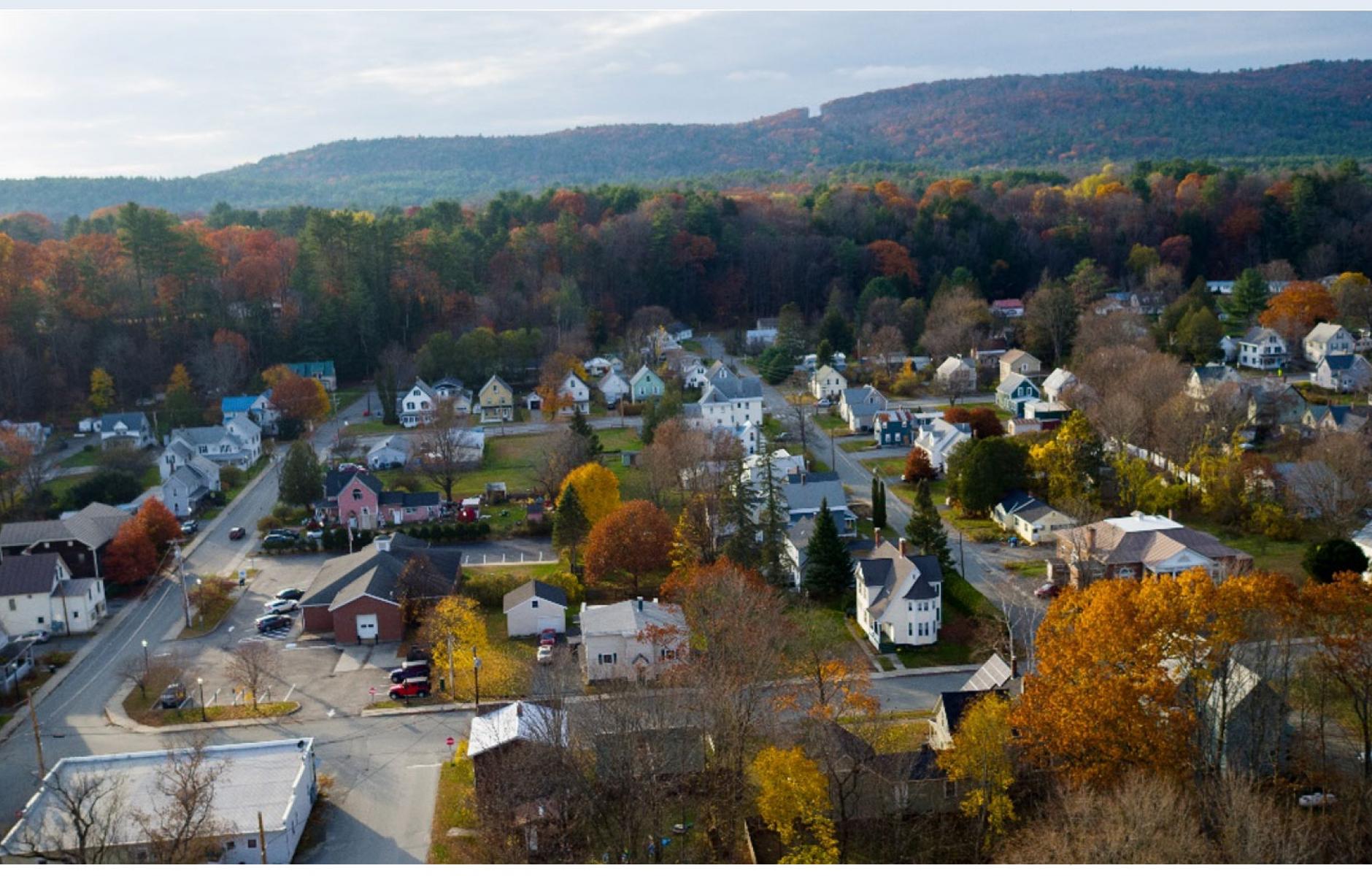
Vermont Is zoning For great neighborhoods
Brattleboro, Vermont is known for its thriving riverside arts scene, crunchy culture, and eclectic festivals including the Strolling of the Heifers. While Brattleboro’s newest project may not be as memorable as young farmers herding cows down Main Street, its impact certainly will be.
The project? Code reform.
In 2022, Brattleboro received funding from the Vermont Department of Housing and Community Development to examine its community preferences, needs, and underlying zoning bylaws to allow for a simplified permitting process for qualified missing middle housing.
In other words, implementing the biggest little change to make way for more housing.
Brattleboro is one of 23 projects in 41 municipalities across Vermont to receive a Bylaw Modernization Grant (BMG) in 2022, a one-time State appropriation of $500,000 to “update zoning for needed homes in great neighborhoods.” But with the state’s housing crisis demanding urgent action on all fronts, from regulatory reform to reinvestment and more, program funding was renewed in 2023 to support an additional 15 projects—bringing the total number of municipalities assisted to 56.
The grants enable these municipalities—many of which are stretched for capacity—to hire project consultants or regional planning staff needed for conduct community outreach and bylaw updates. These reforms expand opportunities for new homes, confront the State’s housing crisis, and prepare communities for unprecedented investments in housing and infrastructure from pandemic recovery monies.
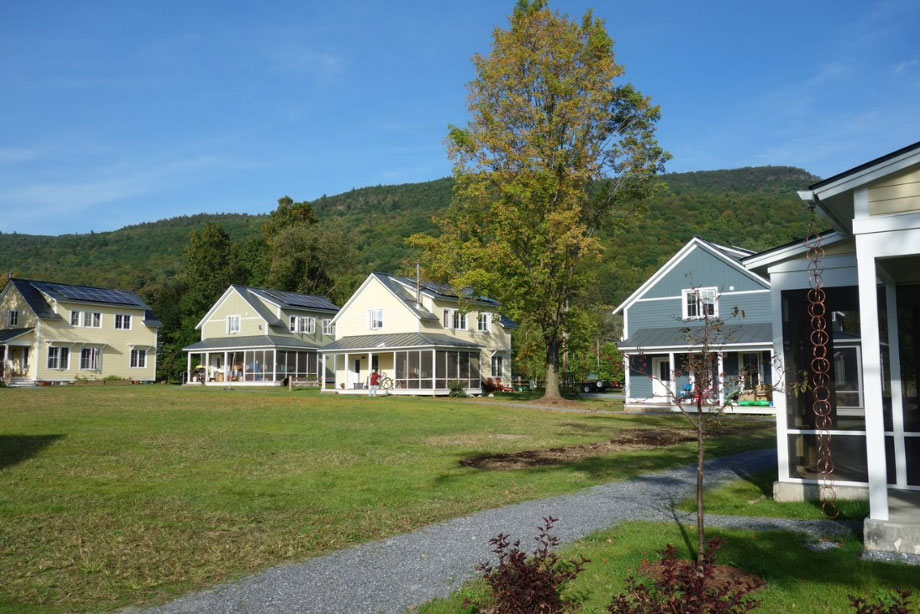
“Although zoning isn’t the only market force constraining the supply of available homes, leaders across Vermont increasingly recognize the importance of erasing unnecessary local barriers that prevent well-located homes that are close to jobs, served by ready infrastructure, and accessible to daily destinations and transit; other constraints like financing or contractor availability are irrelevant if someone can’t obtain a permit,” said Commissioner of Housing & Community Development, Josh Hanford, when the grants were announced.
Communities from Wilmington (population 2,255) to Burlington (population 44,000—Vermont’s largest city) have embraced the chance to nudge their code towards greater housing access and inclusivity. Municipalities are using these funds to try new types of education and stakeholder engagement to the topics of zoning reform and missing middle housing, with characteristic Vermont creativity and gumption.
Local and regional planners and officials know that it will take more than updating code to change the housing landscape here—and that conversation needs to be grounded in Vermont’s architectural heritage and design. These communities have shown that the bylaw modernization process can be engaging and fun, and that the most equitable and accessible processes are necessarily so.

Last summer, the Brattleboro Planning Commission hosted two community walks to explore form and density in several downtown-adjacent neighborhoods. The walks brought discussion of dimensional standards to life, grounding planning jargon in a real-life streetscape. According to the Brattleboro Reformer, which covered the events, “The goal is to learn about the form, character and density of neighborhoods to improve our understanding of the opportunities for and constraints on providing more places for people to live in our community.”
On the other side of Vermont, Burlington’s grant project “BTV Neighborhood Code” will enable neighborhood-scale infill and multi-unit infill along major transportation corridors (in partnership with AARP-VT’s Livable Communities Program), and is taking an innovative approach to community engagement around zoning reform.
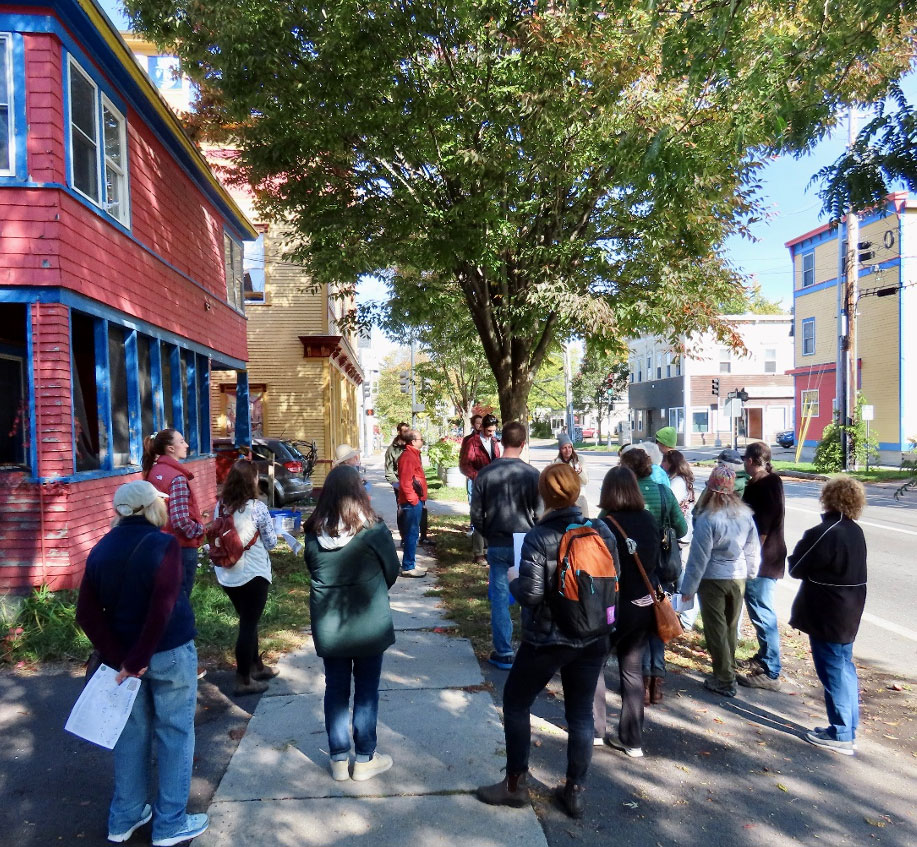
“Over the last decade, Burlington has implemented a number of significant zoning reforms to help us address our chronic and acute housing challenges,” said Meagan Tuttle, Director of Burlington’s Office of City Planning. “Many of these reforms have been focused on downtown and areas planned for denser mixed-use development. The Bylaw Modernization Grant and our partnership with AARP-Vermont are enabling us to expand this focus through the Neighborhood Code.”
The city hosted a screening of Owned: A Tale of Two Americas during Burlington City Arts Flicks in the Park summer film series, conducted two neighborhood missing middle walking tours with AARP-VT and Preservation Burlington (which are now available as self-guided walking tours), and co-organized a Housing Trivia Night with the Vermont Housing Finance Agency and Champlain Housing Trust, the area’s largest developer of affordable homes. The city also teamed up with a local artist to create a logo for the Neighborhood Code that easily communicates what missing middle housing is by depicting existing homes from around the city.

“Our community has strong connections to our neighborhoods’ identities,” added Tuttle. “These reforms will build on the strength of our neighborhoods by providing more neighborhood-scale housing options that meet the needs of both current and future households, and help us make tangible progress in addressing the housing and climate emergencies.”
The Bylaw Modernization Grants are part of a larger statewide effort to update zoning and local land use regulations for a wider range of housing types led by the Department of Housing & Community Development’s Community Planning & Revitalization team. In 2016, DHCD launched the Zoning For Great Neighborhoods (Z4GN) project. It recommends incremental changes to bylaws and offer sample language to make change easier for local boards and commissions, who are often volunteers. Working with Vermont’s Regional Planning Commissions, CNU analyzed typical Vermont bylaws to recommend best practices, from reducing parking requirements to increasing Accessory Dwelling Unit area maximums, through its Project for Code Reform.
The resulting guide, Enabling Better Places: A Zoning Guide for Vermont Neighborhoods, is a beautiful, user-friendly tool that communities are putting to use across the state—including through the Bylaw Modernization Grant—to help address the mismatch between Vermont’s available homes and the changing needs of Vermonters.
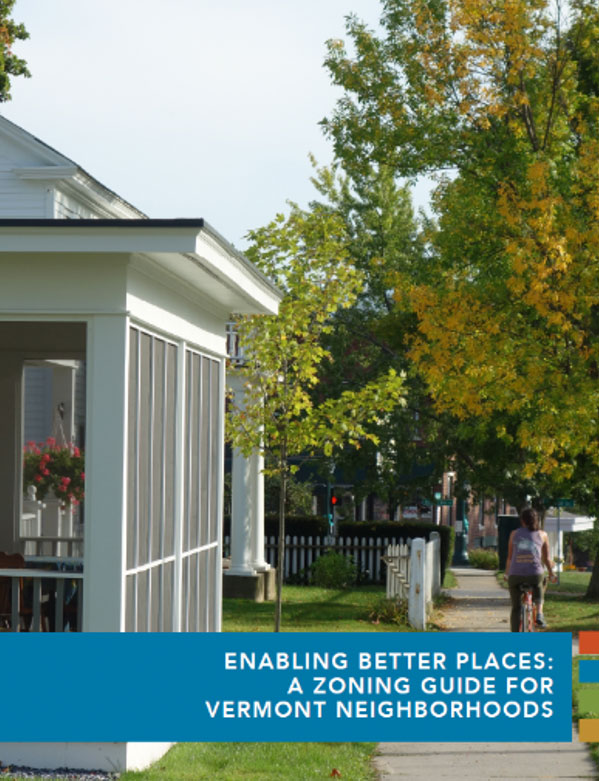
Beyond providing sample bylaw language, Z4GN also helps communities identify their unique needs, links regulatory reform potential to stakeholders interests, and emphasizes community engagement and ways to approach possible points of resistance.
The guide promotes incremental changes in zoning, but incremental changes are adding up to shift the needle on the housing crisis across the state. So far, 27 percent of towns with adopted zoning in Vermont have received BMG funding—a remarkable scope of uptake.
For Sue Fillion, Brattleboro’s Planning Services Director, these incremental changes, combined with funding, are energizing local action for better land use in her downtown. “Brattleboro’s participation in the Zoning for Great Neighborhoods (Z4GN) project really inspired us to look at ways to further reduce barriers in our code,” Fillion said. “Knowing that we had an immediate need for over 500 housing units, we drew on the Z4GN recommendations and passed an emergency bylaw amendment that removed density caps. The combination of that bylaw amendment and the grant funding resulted in a jump of housing units being built.”
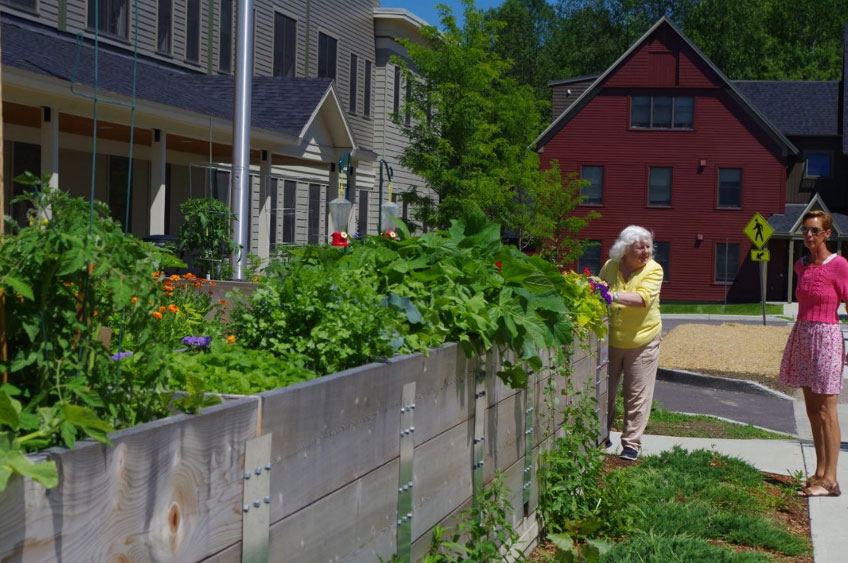
The rest of the state is following suit. This legislative session, multiple bills that address zoning reform—including an end to single family zoning and easing parking requirements—are hitting the State House floor in Montpelier, with strong tri-partisan support. Back at the Department of Housing & Community Development, two exciting projects are on the horizon for 2023 that push the work of Z4GN and the BMGs even further. A consultant will create a Design-And-Do Guide for Missing Middle Housing including a Developers’ Workbook; and a Request for Proposal has been released for a consultant to re-evaluate the state’s 25-year-old designation programs, which recognize local best practices and confer special benefits and incentives to village centers, downtowns, and other identified growth areas.
The goal? Building, brick-by-brick, a suite of projects, programs and reforms that support climate-friendly and equity-oriented planning and zoning for generations of Vermont homes and its iconic settlement pattern of compact villages surrounded by farms, forest, and natural areas.
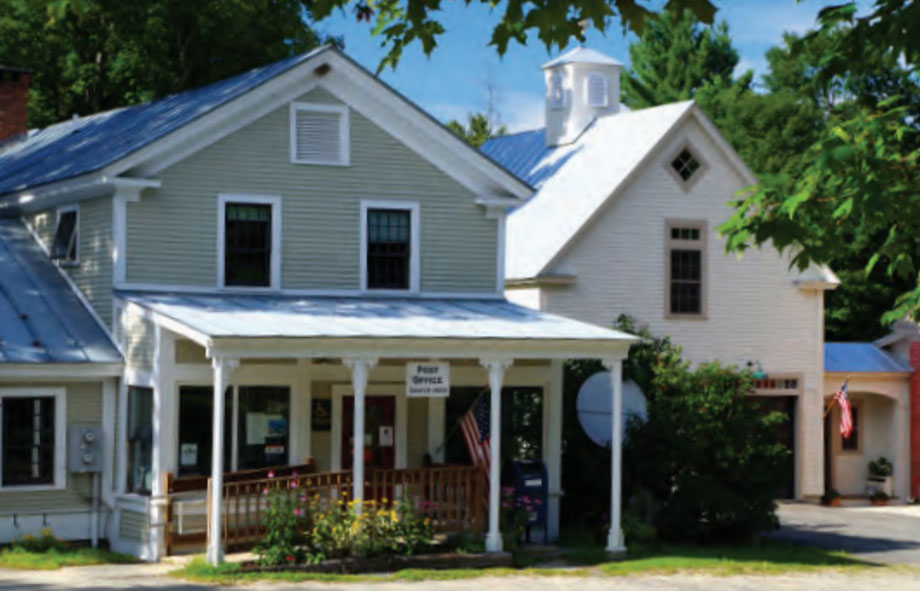
Communities across the state acknowledge there is a housing shortage, and sometimes feel powerless facing down the tandem crises of housing affordability and availability. Regulatory reform is one of the more powerful municipal levers available in a town’s so-called “housing toolbox,” both in easing the pathways to building more housing, and in sending a signal to current and future residents that housing is a priority: it matters.
Zoning reform shows that local officials are listening and mobilizing, diving deep into the fine details of the legalese, to make towns more equitable, accessible, and ultimately sustainable. The Z4GN project is showing Vermont communities how their aspirations, dreams, where their children live and play, where people gather and how they get there, are encoded in sometimes-antiquated legal documents known as zoning bylaws – and that they have the power to shape their land use destiny, using the language of zoning not as a trap, but as a tool.
Zoning For Great Neighborhoods was underwritten with generous support from the Vermont Housing & Conservation Board, AARP-VT, and the Vermont, Green Mountain, and National Association of Realtors.




